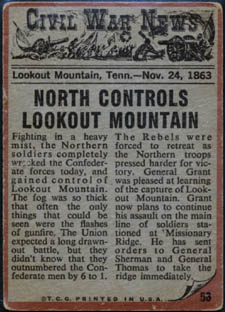Yesterday’s post about Eliza, the 1/64th black slave sold into sexual slavery, reminded me of a discussion from my university race relations class. A quick Google search (possibly hampered by my increasingly foggy memory – university’s starting to feel like a long time ago) doesn’t reveal much on the “one fatal drop” theory we discussed, but the Brazilian alternative “mulatto escape hatch” brought up this Wikipedia article on racial identity.
What it comes down to is, when do slaveowning societies stop considering a mixed race person to be black? In Brazil, mulattoes were able to move far more smoothly into society. In America, “one fatal drop” of black blood meant you were forever considered to be black. So despite Eliza being only 1/64th black and looking like a white woman, she was considered a purchaser’s bargain, not a societal catch.
http://en.wikipedia.org/wiki/Passing_(racial_identity)
**UPDATE**
Found it! It’s the “One Drop Rule”
According to Jose Neinstein, a native white Brazilian and executive director of the Brazilian-American Cultural Institute in Washington, in the United States, “If you are not quite white, then you are black.” However, in Brazil, “If you are not quite black, then you are white.” Neinstein recalls talking with a man of Poitier’s complexion when in Brazil: “We were discussing ethnicity, and I asked him, ‘What do you think about this from your perspective as a black man?’ He turned his head to me and said, ‘I’m not black,’ . . . It simply paralyzed me. I couldn’t ask another question.”
The Washington Post story also described a Brazilian-born woman who for 30 years before immigrating to the United States considered herself a morena. Her skin had a caramel color that is roughly equated with whiteness in Brazil and some other Latin American countries. “I didn’t realize I was black until I came here,” she explained. “‘Where are you from?’ they ask me. I say I’m from Brazil. They say, ‘No, you are from Africa.’ They make me feel like I am denying who I am.”
http://en.wikipedia.org/wiki/One-drop_rule


